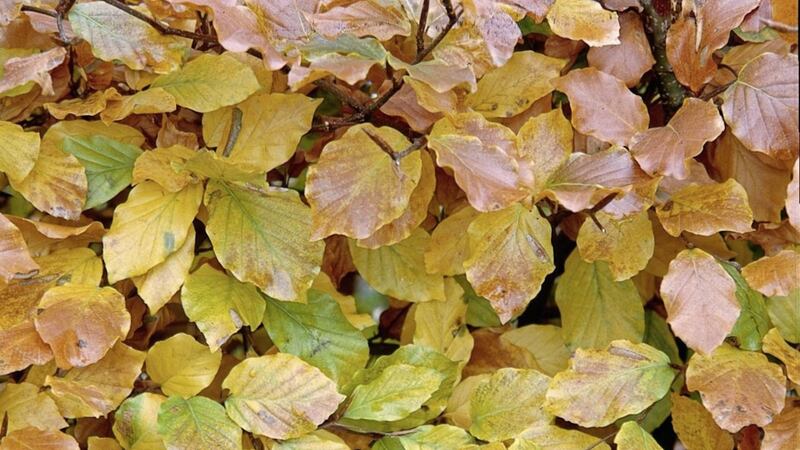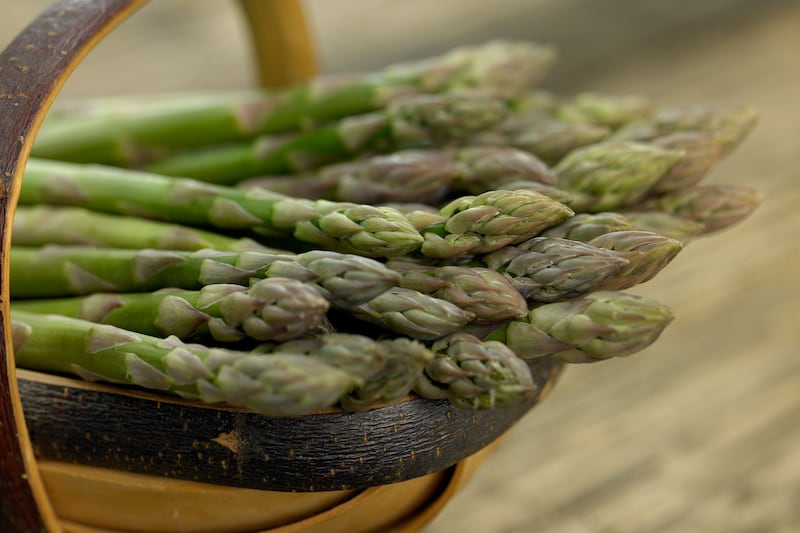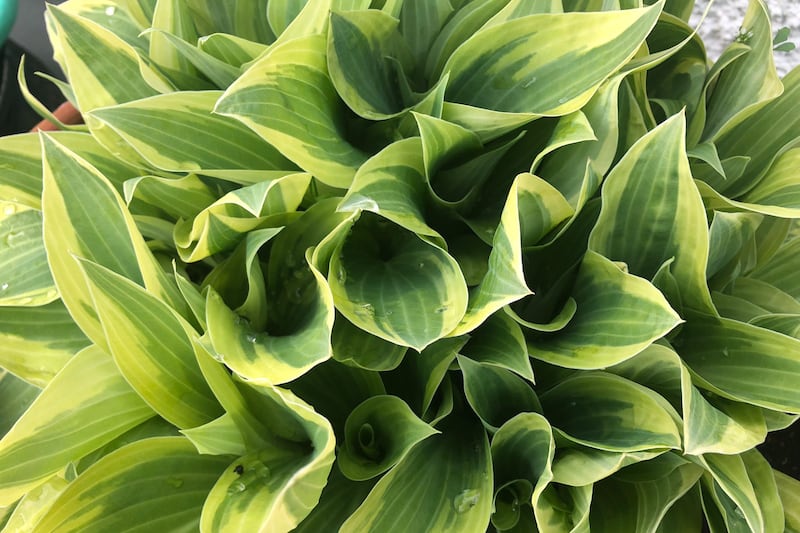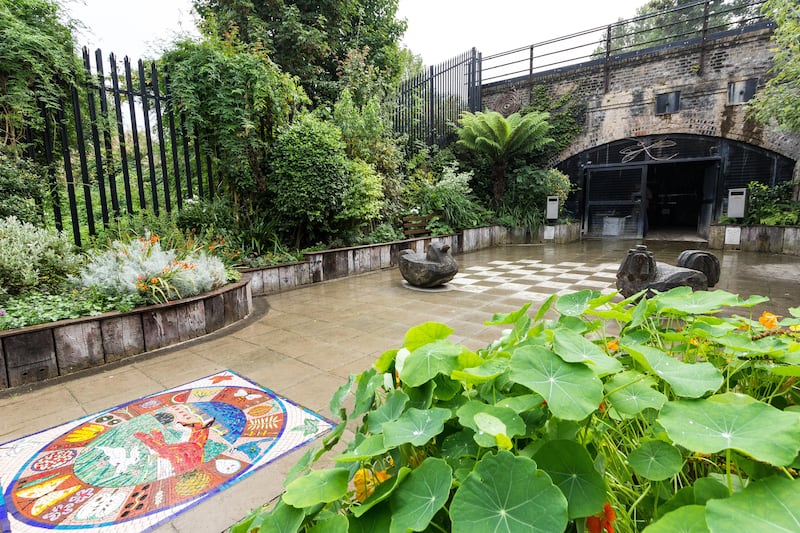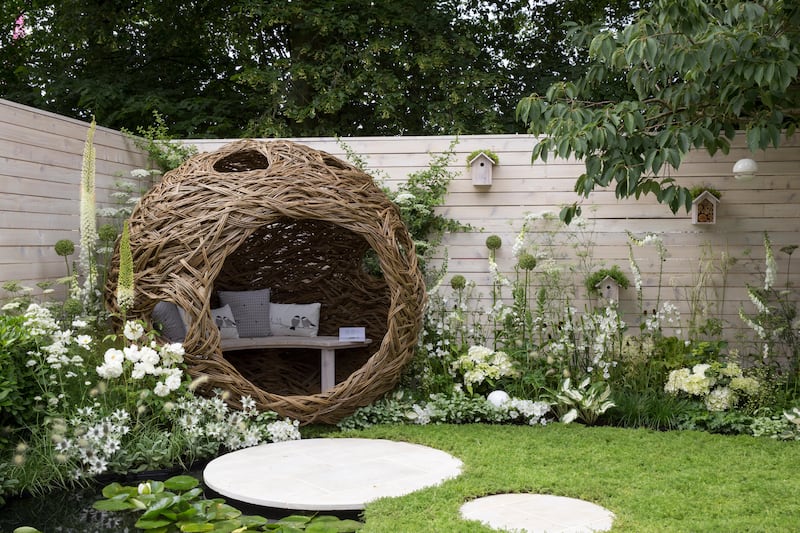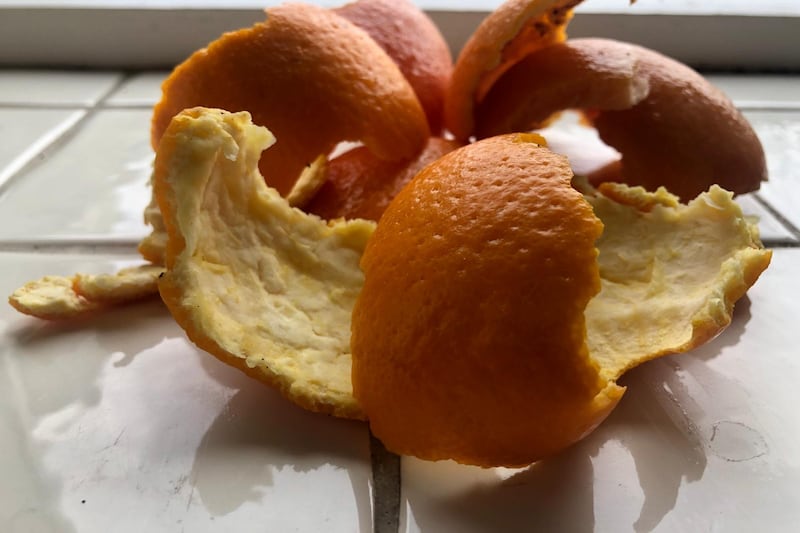THINK of the historical gold rushes – bands of ragged prospectors pursuing their dreams to the ends of the Earth. Driven on by greed, desperation or just in search of old-fashioned adventure, they penetrated what were at the time the remotest places, suffering great hardship and danger. How many found the ‘motherlode’ and changed their lives forever? Not many, perhaps, but the mythology lives on and the lure of gold continues to excite some of us even today.
The golden colours of autumn are an altogether more innocent and benign attraction, but nonetheless alluring for those that love them. A display prompted by deciduous shrubs and trees losing the supply of chlorophyll to their leaves, autumn colours are most vivid in years when temperatures decline gently, without sharp dips, and it’s not too windy and wet. In the United States, ‘leaf peeping’ is a game for all the family with televised and on-line reports of where colours are most impressive.
Maine and upstate New York are among the most hallowed locations, to the extent that residents can grow rather weary of ‘leafers’ blocking up their pavements and generally getting in the way.
Delivering one the most beguiling golden displays in autumn is the beech tree. While still not accepted as a bona fide Irish native tree, beech (Fagus sylvatica) has prospered across the island for centuries, if not thousands of years.
Growing up to 40 high and wide and with the potential to outlive many generations of humans, beech also makes a good hedging plant, providing thick foliage of short-stalked oval leaves. It’s also a great choice for creating an avenue – as Co Antrim’s Dark Hedges are a testament or the roadway into the Powerscourt estate in Co Wicklow.
In spring its buds initially look like a cigar before opening into a brilliant green leaf that turns a lovely reddy-brown colour once a autumn arrives.
In Britain too there are noted beech displays. Large stands of beechwoods in the Chilterns and Cotswolds put on a fantastic display of colour each autumn. Paul Nash – official artist in both world wars – painted the beech trees on the site of an Iron Age hill fort near Wallingford in Oxfordshire – known as Wittenham Clumps – with a dedication that verged on the obsessive. He certainly caught the trees in their autumn splendour in a number of his works.
In Scotland, the Meikleour beech hedge along the A93 Perth to Blairgowrie road in Perthshire is, at 120 foot high and nearly 600 feet long, renowned as the biggest hedge in the world and looks stunning in late September and October.
Another species worth considering for hedging is Carpinus or hornbeam. This is actually a member of the birch family, but the leaves bear a superficial resemblance to beech (but are more prominently veined) and similarly, it grows into a majestic tree which exhibits fabulous autumn colour as its leaves change colour.
Plant either beech or hornbeam as hedging and you will be rewarded with a smart, dense boundary that can be trimmed into archways and domes. Both are relatively fast growing, with shoots putting on 30-60cm of growth per annum. This means that with trimming you should get a continuous barrier a year after planting and an established formal hedge in five.
Beech especially is super for hedging because it only loses its dead leaves when the new growth pushes them off as they sprout. If you’ve got enough space, either beech or hornbeam make the most superb specimen trees and, as with hedging, will deliver a glorious golden show every autumn.
